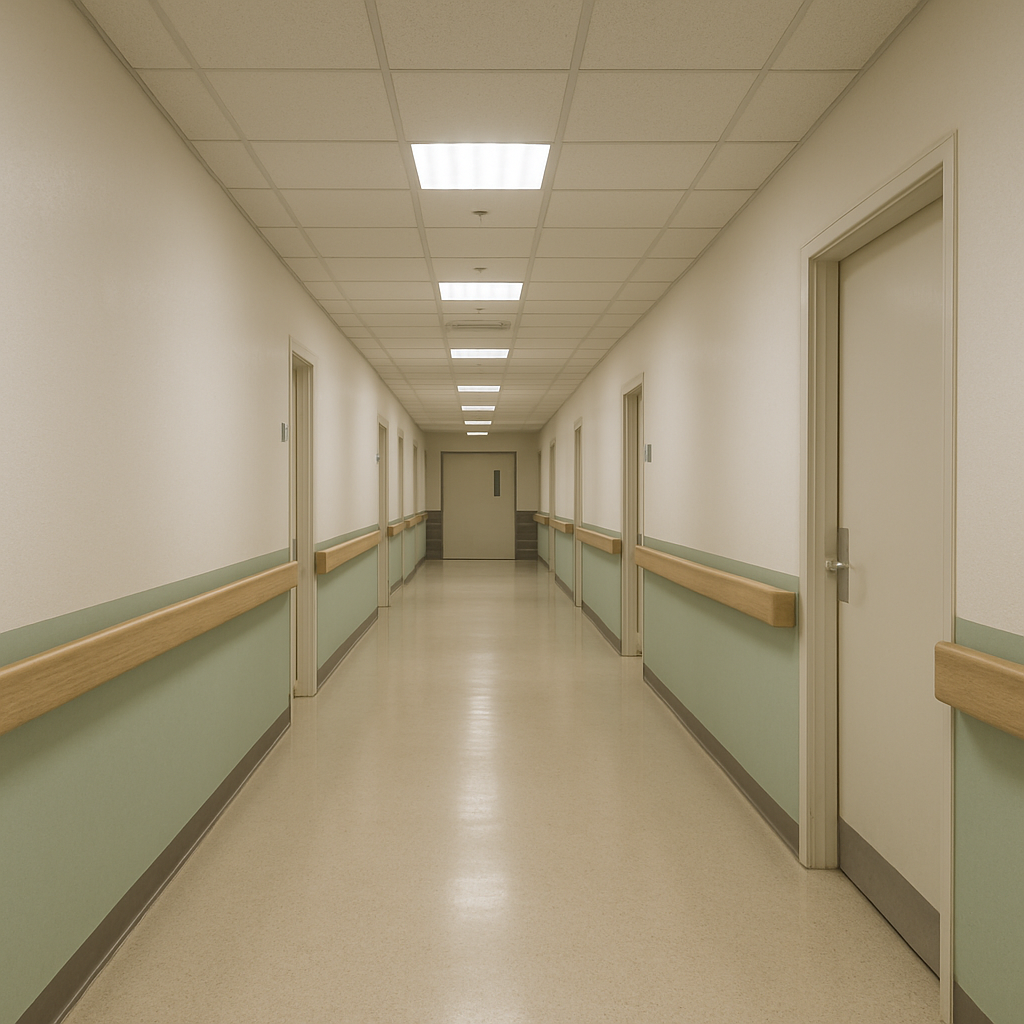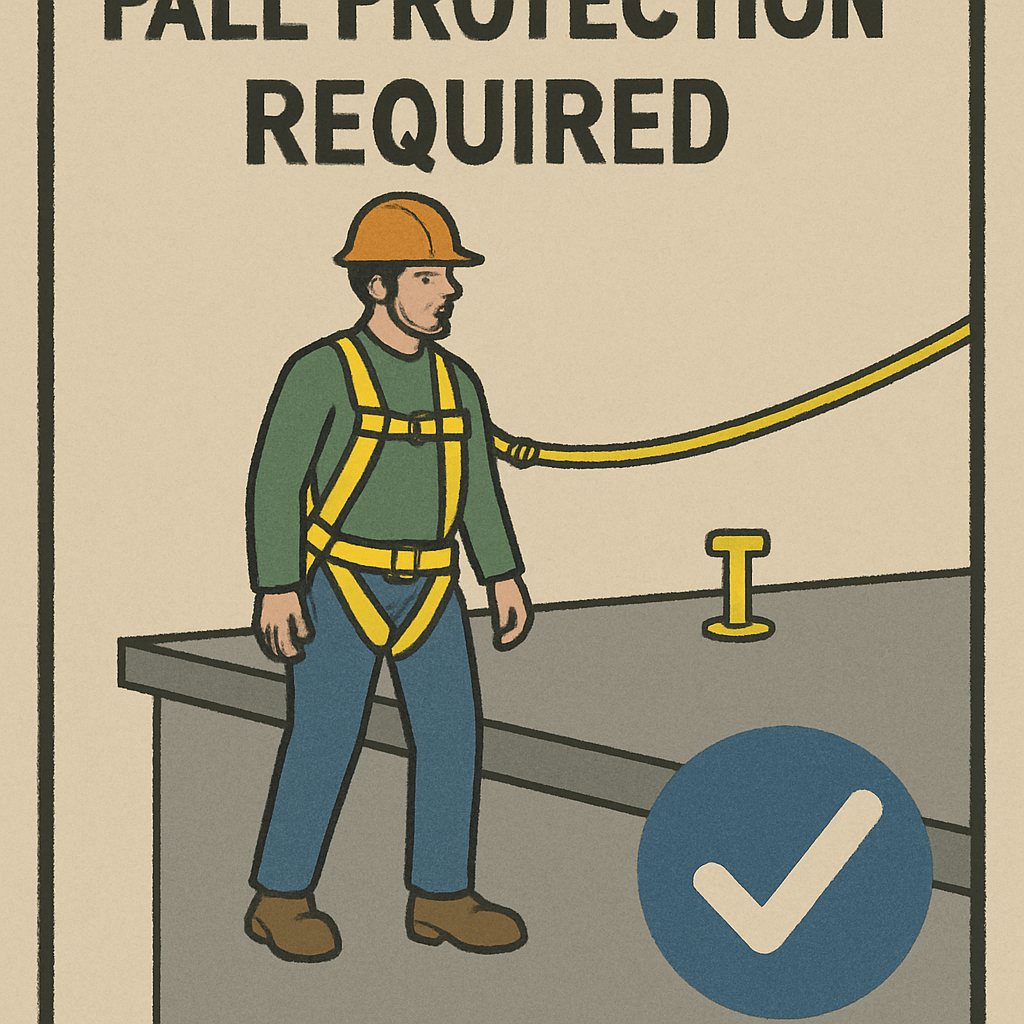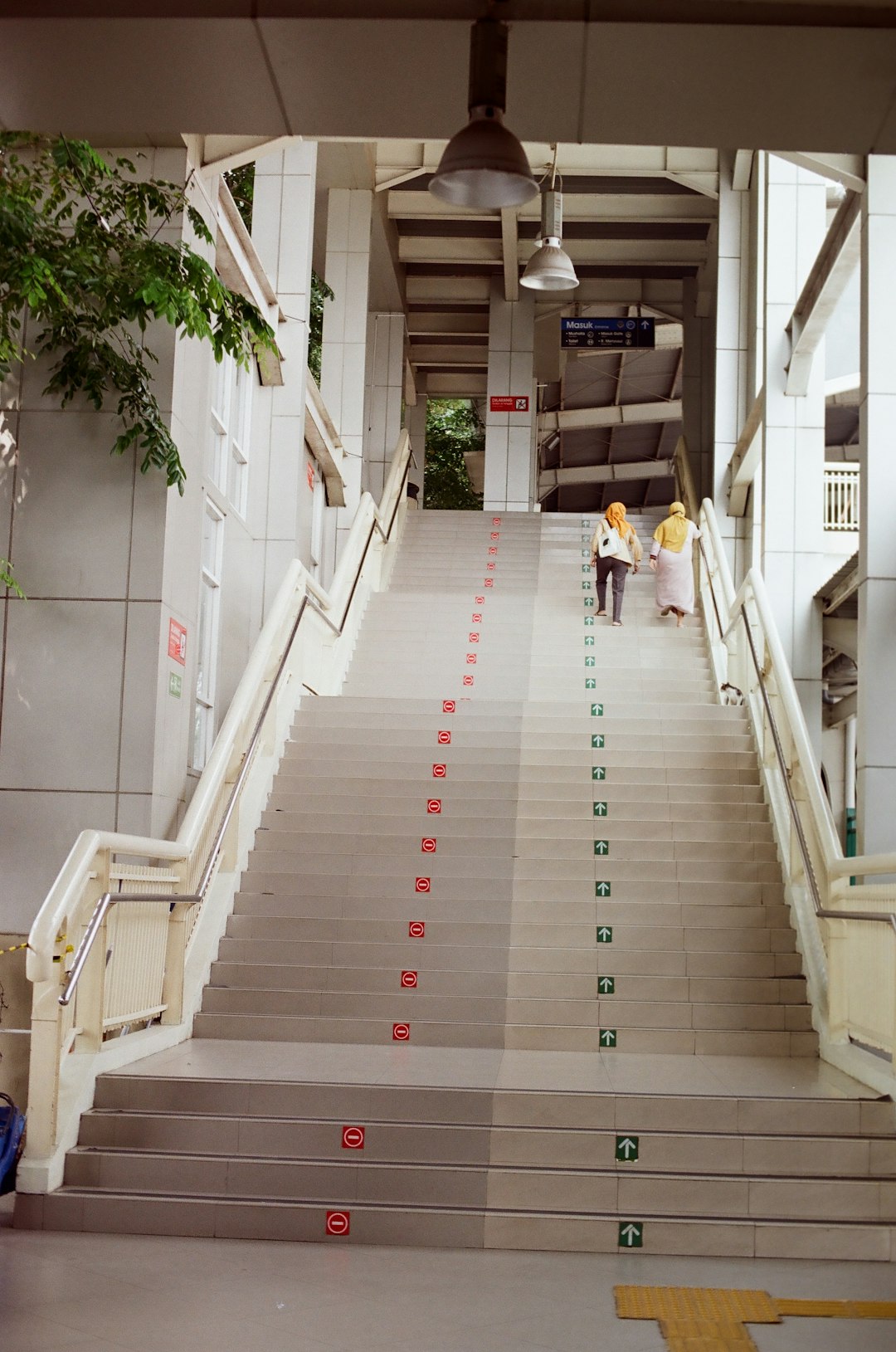 Service Hotline:13510328459
Service Hotline:13510328459
 205-206, 2nd Floor, Building 2, Xiazao Village Industrial Zone, Gaofeng Community, Dalang Street, Longhua District, Shenzhen City
205-206, 2nd Floor, Building 2, Xiazao Village Industrial Zone, Gaofeng Community, Dalang Street, Longhua District, Shenzhen City
 Service Hotline:13510328459
Service Hotline:13510328459
 205-206, 2nd Floor, Building 2, Xiazao Village Industrial Zone, Gaofeng Community, Dalang Street, Longhua District, Shenzhen City
205-206, 2nd Floor, Building 2, Xiazao Village Industrial Zone, Gaofeng Community, Dalang Street, Longhua District, Shenzhen City
Time:2025-09-23 Preview:
Ensuring safety in hospitals is paramount, and one critical aspect of safety is the proper installation of handrails. Handrails are not just supportive elements; they are essential components that aid patient mobility, prevent falls, and ensure security in medical facilities. This blueprint will guide you through the necessary steps for effective hospital handrail installation, ensuring adherence to safety standards and enhancing patient care.
The primary purpose of handrails in hospitals is to enhance patient safety. Patients, especially those with mobility issues, rely heavily on handrails to maintain balance and stability. Properly installed handrails can significantly reduce the risk of falls and injuries, thus contributing to an overall safer environment.
In many regions, there are strict regulations governing the installation of handrails in medical facilities. Compliance with these regulations is not only a legal requirement but also a moral obligation to ensure the safety and well-being of patients and staff.

Choosing the right material is crucial for durability and maintenance. Common materials include stainless steel, wood, and vinyl. Stainless steel is known for its strength and resistance to corrosion, making it an excellent choice for high-traffic areas.
Handrails should be installed at a height that is accessible to all users, typically between 34 and 38 inches from the floor. Additionally, the handrails should extend beyond the end of the ramp or staircase to provide continuous support.
The Americans with Disabilities Act (ADA) sets forth specific guidelines for handrail installation to ensure accessibility for individuals with disabilities. Ensure your installation complies with these guidelines to accommodate all patients and visitors.

Begin with a thorough assessment of the areas where handrails are needed. Consider factors such as patient flow, existing infrastructure, and specific needs of the hospital. Create a detailed plan outlining the placement and dimensions of each handrail.
Choosing a reliable installation service is critical to the success of the project. Look for companies with experience in hospital handrail installation and a proven track record of quality work. Ensure they are familiar with the relevant safety regulations and standards.
Before installation, the site must be prepared. This involves clearing the area of any obstructions and ensuring that the walls or structures where handrails will be mounted are sound and capable of supporting the weight.
Marking the Installation Points: Use a level to mark the precise points where the handrails will be installed. Ensure the markings are consistent with the height and length specifications.
Drilling and Anchoring: Drill holes at the marked points and insert appropriate anchors to secure the handrails. This step is crucial for ensuring stability and safety.
Attaching the Handrails: Carefully attach the handrails to the anchored points. Ensure they are level and securely fastened.
Finishing Touches: Once installed, inspect the handrails for any sharp edges or protrusions. Make necessary adjustments to ensure a smooth, safe surface.
After installation, conduct a thorough inspection to ensure compliance with all safety standards. Regular maintenance checks are essential to ensure the handrails remain in good condition and continue to provide the necessary support.

The cost of hospital handrail installation can vary based on several factors, including the material chosen, the length of the handrails, and the complexity of the installation. It's important to budget for both the initial installation and ongoing maintenance to ensure long-term safety and functionality.
Hospital handrails are a vital component of patient safety and care. By following this blueprint, you can ensure that your handrails are installed correctly, comply with all regulations, and provide reliable support for patients and staff. Investing in high-quality handrail installation services is not just a regulatory requirement but a commitment to the safety and well-being of everyone who walks through your hospital doors.
